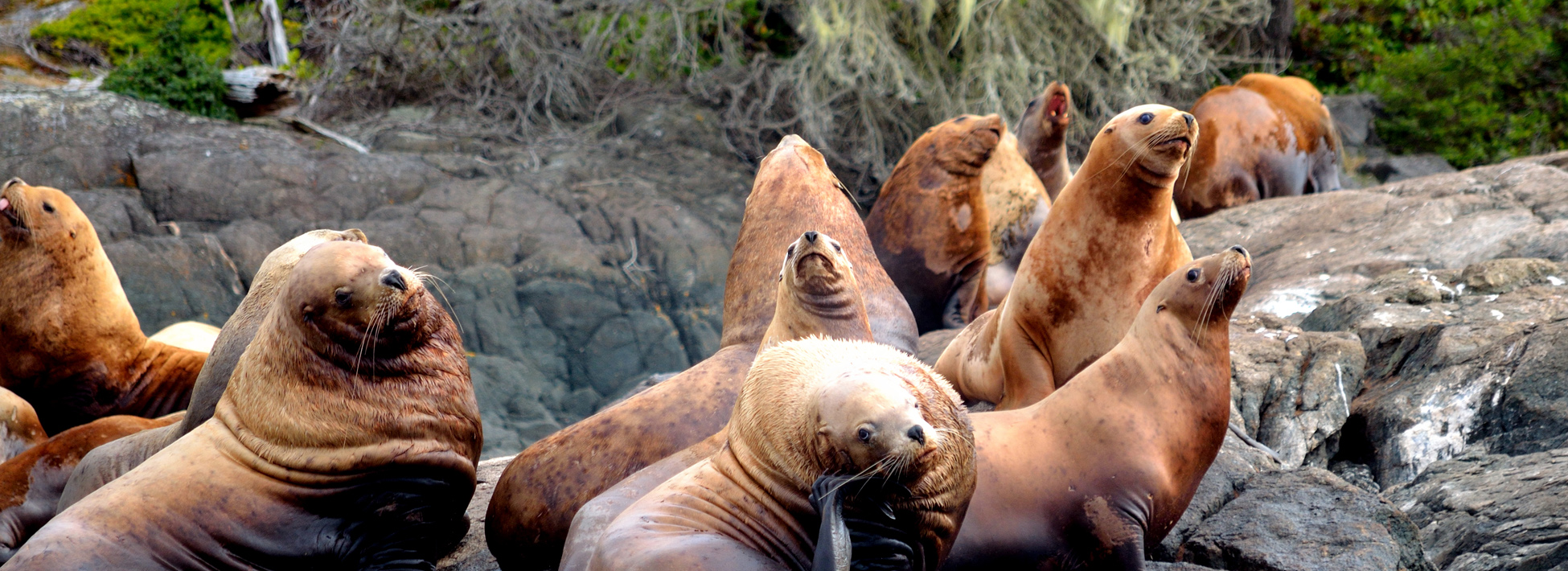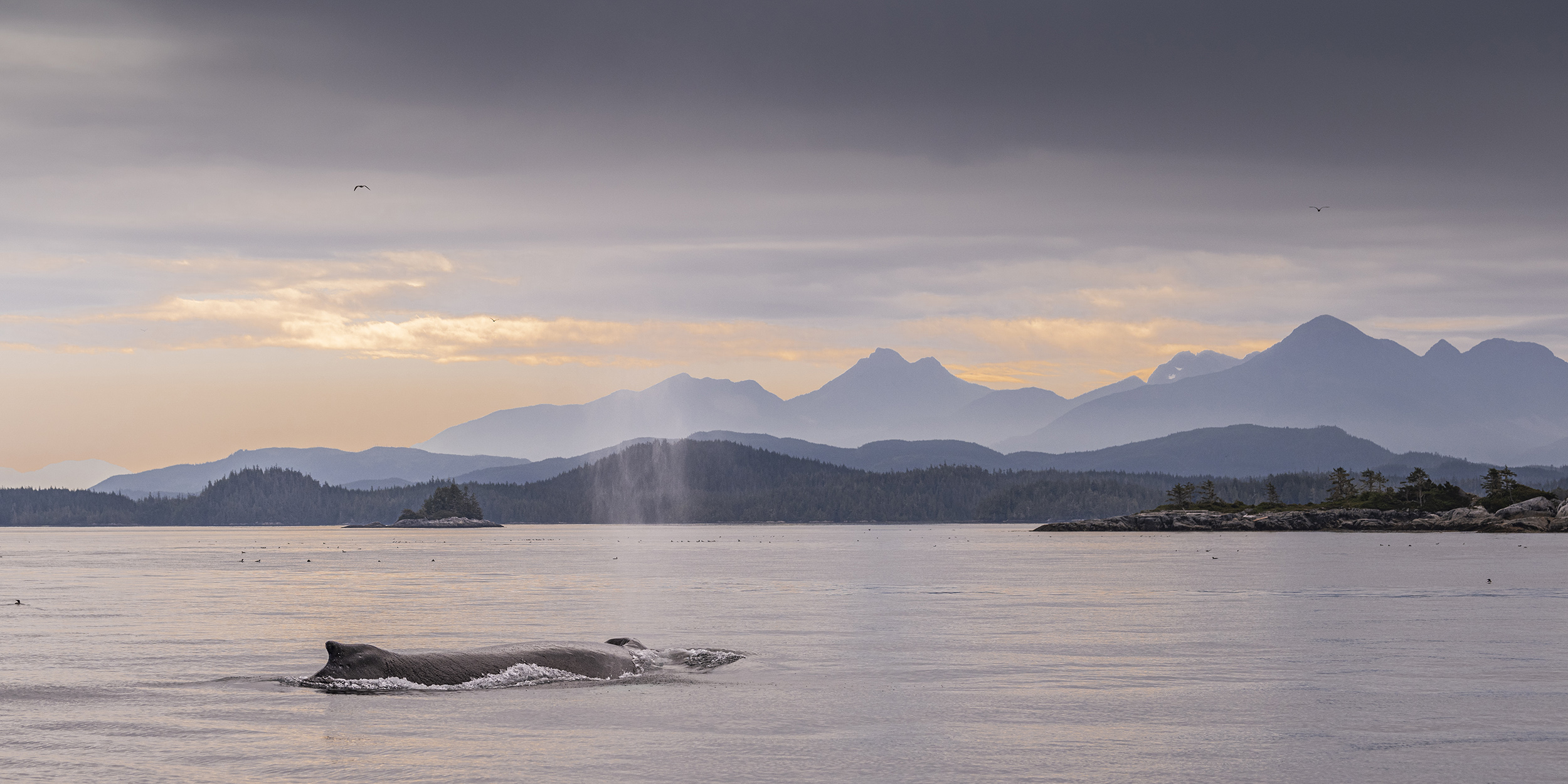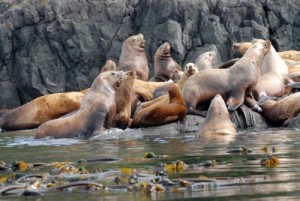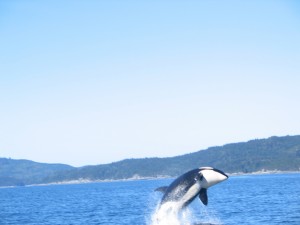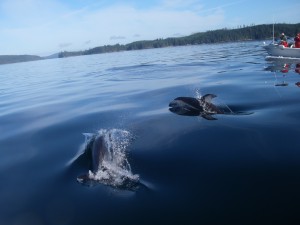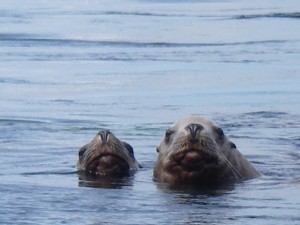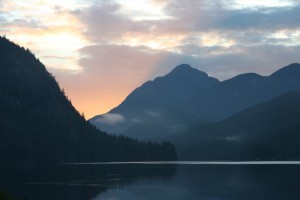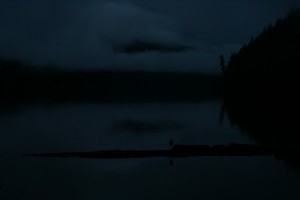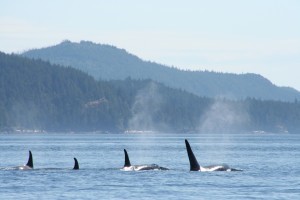If grizzly bears have a classic pose so do sea lions and Debbie Zygmunt has captured both: lying head down and sleeping or the up and alert lion pose. Steller sea lions are common in Johnstone Strait especially in an area close to Telegraph Cove known as Stubbs Island. As seen in the photos above and backed by “Wikipedia, the free encyclopedia: Adult females measure 2.3–2.9 m (7.5–9.5 ft) in length, with an average of 2.5 m (8.2 ft), and weigh 240–350 kg (530–770 lb), with an average of 263 kg (580 lb).[2][3] Males continue to grow until their secondary sexual traits appear in their fifth to eighth year. Males are slightly longer than the females; they grow to about 2.82–3.25 m (9.3–10.7 ft) long, with an average of 3 m (9.8 ft).[4] Males have much wider chests, necks and general forebody structure and weigh 450–1,120 kg (990–2,500 lb), with an average of 544 kg (1,200 lb).”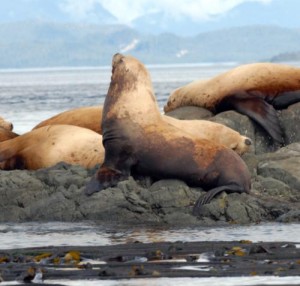
Whale Watching
We’re not all about the bears, whales are abundant here too!
Killer whales and humpback whales are often seen during our wildlife tours. There are resident whales and transient whales that can be seen feeding and playing in our waters.
Large Male Orca on Whale Watching Safari
The day whale watching means we travel to the area of Johnstone Strait near Telegraph Cove on Vancouver Island BC. The resident, salmon eating orca, arrive in early late June and stay through October while the transient, mammal eating orca are in the area all year. Confused? The first serious study of the orca populations in the mid-1970’s started as a summer study so when the scientist arrived in July and left in September the orca were always in the area and therefore there named resident orca. Little did they know that this was a summer feeding area as the orca followed the salmon? The transient orcas, which were in the area, spend more time in the remote inlets in the summer because there was more boat traffic. The transient orca still travel through our viewing area in the summer but this photo is of a resident as determined by the size and shape of its dorsal fin, taller and narrower at the base. Photo provide by guest Alferd Bittner.
Whale Watching day with orca breaching
These photos are not as good as my guests as I was using a small Pentax Opti 6.0 megapixels and running the boat – that is my excuse. But I remember the day in Johnstone Strait off the shore of Vancouver Island we came upon an adult orca that seemed to be teaching a younger orca about breaching. The adult would breach and in less than a minute the younger would do the same. As you can see there were no other boats in the area and this behaviour continued for fifteen or twenty minutes must have been more than a dozen sets of breaching. As a guide we experience many interesting every summer but this ranks in the top ten for me.
A Whale Watching Safari Bonus
Breaching humpback whales may occur two or three times a week but pictures are much rarer maybe once or twice a summer. In the area of Bold Head in Blackfish Sound near Telegraph Cove on Vancouver Island there are quite a few humpback whales. It is common to see six to ten whales each safari as the area has an abundance of herring, which is one of the whale’s main foods. The humpback whales arrive in late May to early June and remain in the area through October.
Pacific white-sided dolphins – Whale Watching
Pacific white-sided dolphins are only one of the many mammals often viewed on the whale watching day. Dolphins tend to travel in pods of several hundred the largest pod I have come across was between fifteen hundred and two thousand. This was in the late fall and they appeared to be heading out of the area. The pods we encounter in the summer are playful and come to our boats out of curiosity. In this case we were stationary as the dolphins were following another of our boats. At other times they will pass beneath our bow while we move along side a large pod.
Humpback Whale after lunge feeding?
It is hard to determine what happened in this photo which shows a humpback whale slowly sliding backward into the water as I was not present when the photo was taken. Lunge feeding occurs when a whale comes up suddenly under a school of herring and comes out of the water with its mouth wide open engulfing the herring and spraying water everywhere. Not mush spraying here. Not enough splash to be the remainder of a breach. My guess would be a young humpback after a less than successful lunge or maybe one that has been watching to many orca spyhopping?
Sealions on BC coast
Most days on your whale watching safari we find stellar sealions. Although most pass through this part of BC’s coast on the way to and from Alaska in the spring and fall some do stay all summer. If we eat our picnic lunch in the area around Vancouver Island’s Telegraph Cove the sea lions often come to check us out so their picture is added to the bucket list.
Wildlife viewing starts early
Morning and early morning at the lodge. First the “morning view” guests see when we call them for breakfast at 7:00 the second the view of a blue heron from the dock when the guides are getting the boats ready before we call the guests. Yes even as a guide I still look for the different photo after ten years (that is the average time the guides have been with the lodge). Clicking one a photo will enlarge for a better view.
Grizzly Bear Watching
“Friends and family share don’t they mum?” might be a good caption for this photo. The young grizzly are often not the best at catching fish and rely on their mothers. Note the other grizzly bear eating in the background, the abundance of food in our viewing area means there are not many fights as they takes away from the eating time.
Whale watching safari – Orca
A “resting line”. Orcas travel in small pods and will often join up and synchronize their swimming in that they all surface at the same time. This is accompanied by long slow dives. Sort of like an afternoon nap. Ideal for whale watching as it permits one to prepare for photos as the orca tend to do three or four rolls before a long dive.
